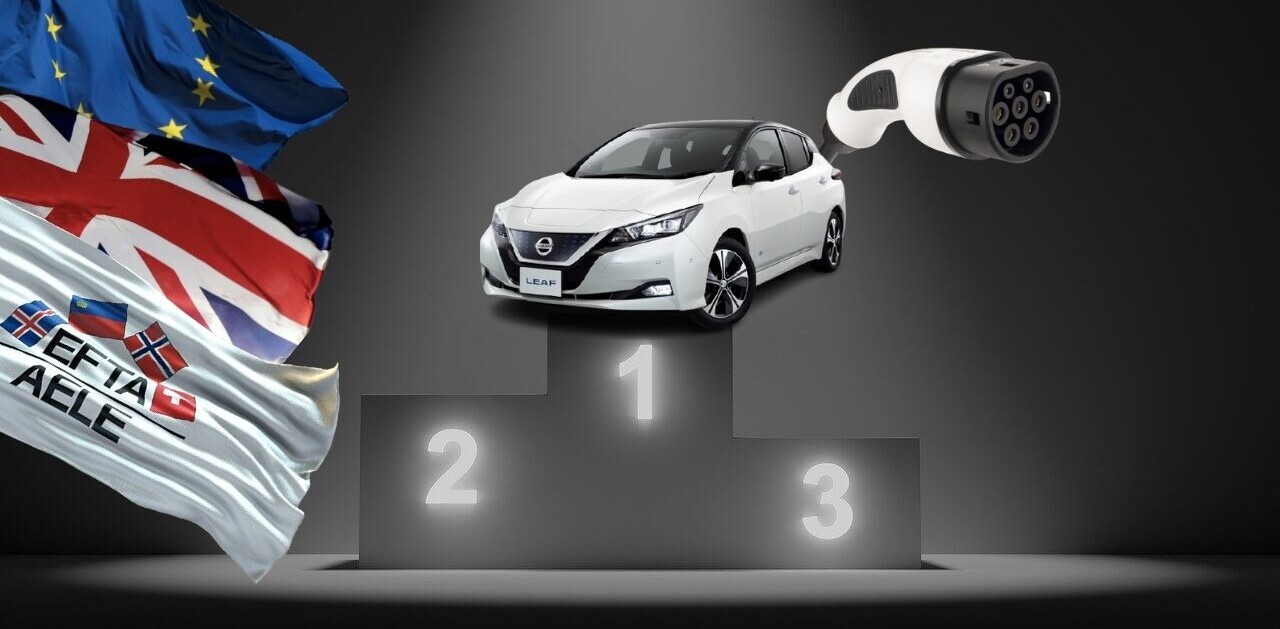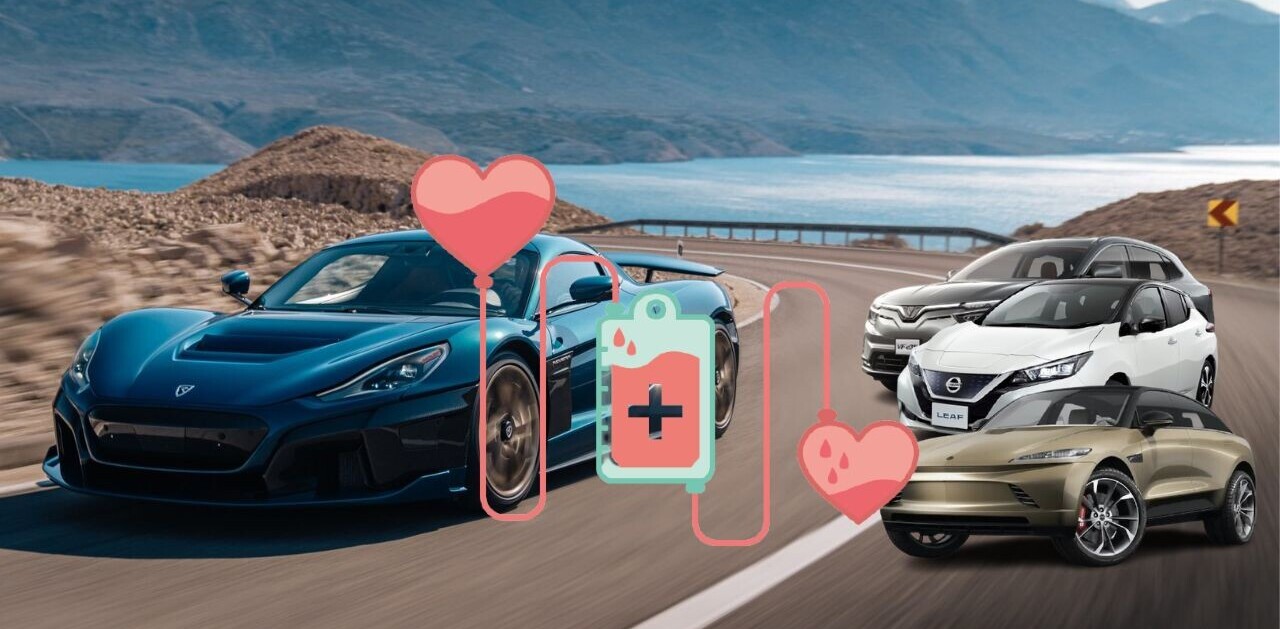
There’s always one. No matter how bold a goal we announce. No matter how transparent we are in our reporting. There’s always someone in the comments pointing out our sustainability shortcomings, blind spots, or apparent failures.
We’re all for it.
In 2020 we published the first Polestar 2 Life Cycle Assessment, including its full methodology. This prompted a critical response from within the car industry, which became known as Astongate. It even has its own Wikipedia page.
But fascinating though industry greenwashing scandals are, we’re more interested in what individuals think. Because we know that total transparency helps consumers make informed choices, which will drive the change to sustainable mobility.
So when we published this year’s LCA report about the climate impact of the two new Polestar 2 versions, we set out to discover what real people thought about it. What better way to find out than to break the internet’s golden rule?
We read the comments.
While it wasn’t always an easy job — criticism can be difficult to hear — it was an illuminating experience. And, in keeping with our commitment to transparency, we’d like to share what we learned.
What we learned
A lot of people love EVs. Some people don’t like EVs at all. A lot of people like the idea of EVs but are confused by all the claims and statistics. So they have a lot of probing questions to ask.
Most of the critical responses we encountered fell into one of these three categories:
01. The LCA shows that EVs produce more manufacturing emissions than ICE cars, so if you buy an EV you’re actually making the problem worse.
It is currently true that the cradle-to-gate climate emissions of a Polestar 2 are higher than an equivalent ICE car, due primarily to battery production. But the fact of the matter is that an ICE car can never reach climate neutrality, while an EV can. Over its lifetime, an EV will always have a lower impact than its fossil fuel counterpart.
![[From the Polestar Life cycle assessment 2021. The grey and white bars represent the materials and battery production, and manufacturing emissions]](https://cdn0.tnwcdn.com/wp-content/blogs.dir/1/files/2021/11/Screenshot-2021-11-08-at-10.40.00-AM.png)
Polestar in particular has announced an ambitious goal to create a car that leaves the factory gates with zero carbon footprint. And we plan to achieve this without offsets.
02. The LCA compares the use phase emissions of an ICE car to an EV powered by 100% renewable energy, which is currently unrealistic.
By driving an EV you’re already making a difference, even if you have limited access to sustainable energy. A recent study by the universities of Exeter and Cambridge in the UK and Nijmegen in the Netherlands found that under current conditions, driving an electric car is better for the climate than conventional petrol cars in 95% of the world.
One of the things we’re always keen to emphasise is that the energy you use to charge also makes a huge difference to your car’s lifetime climate impact.
Figures from our LCA show how big the difference can be, if you always charge the car with renewable energy. For comparison, we also include figures for a global electricity mix and a European electricity mix (based on information from the International Energy Agency).
![[From the Polestar Life cycle assessment 2021. The orange bars represent the carbon footprint of the three Polestar 2 versions and Volvo XC40 ICE, with different electricity mixes in the Polestar 2 use phase.]](https://cdn0.tnwcdn.com/wp-content/blogs.dir/1/files/2021/11/Screenshot-2021-11-08-at-10.46.57-AM.png)
03. Greenhouse gas emissions aside, EV batteries use risk materials like cobalt, and have a limited lifespan. How can that be sustainable?
Risk materials like cobalt are indeed a serious concern. We want them to be mined responsibly, with respect for human rights, local communities, and ecosystems. That’s why we use blockchain software supplied by our partners, Circulor, to accurately track cobalt throughout our entire supply chain. This means its source, and the methods by which it’s extracted, processed and transported, can be regulated. More risk materials will follow.
We’re also working to make batteries that are easier to disassemble, repair, and remanufacture, so after their useful life in an EV they can be repurposed for non-automotive applications, such as energy storage at a solar panel charging station.
The bigger picture
As we’ve said before, the journey to sustainable mobility is exactly that: a journey. We know where we are right now isn’t perfect, but we believe that total transparency is a key driver to making real world progress.
Fredrika Klarén, Polestar’s Head of Sustainability: “As an electric car maker, we don’t have to worry about combustion engines producing toxic emissions, but that doesn’t mean our job is done. Now we must focus all our efforts on cutting emissions in the supply chain and in the production of our cars. This is a historic and exciting time for carmakers, an opportunity to seize the moment and do better.”
Why we welcome scrutiny
We’re delighted with our critics. If our transparency provokes people to think, ask questions and demand better from automakers, energy suppliers and governments, then we’re doing something right.
The fact is that significant change will only happen when consumers start demanding different results. So to all the sustainability critics out there, please continue to not pull any punches. This will help us to give you the right tools to make informed and ethical decisions.
Polestar and Shift
As we look to the future of personal mobility, sustainability is a critical consideration. That’s why we partnered with The Next Web to bring information about all the exciting changes in the automotive industry together on this page. Accelerating the shift to sustainable mobility by making electric driving a question of when, not if.
Visit the Polestar site to find out more about our approach to sustainability, including details of the four key drivers of sustainable development: climate neutrality, circularity, transparency, and inclusion.
Get the TNW newsletter
Get the most important tech news in your inbox each week.





